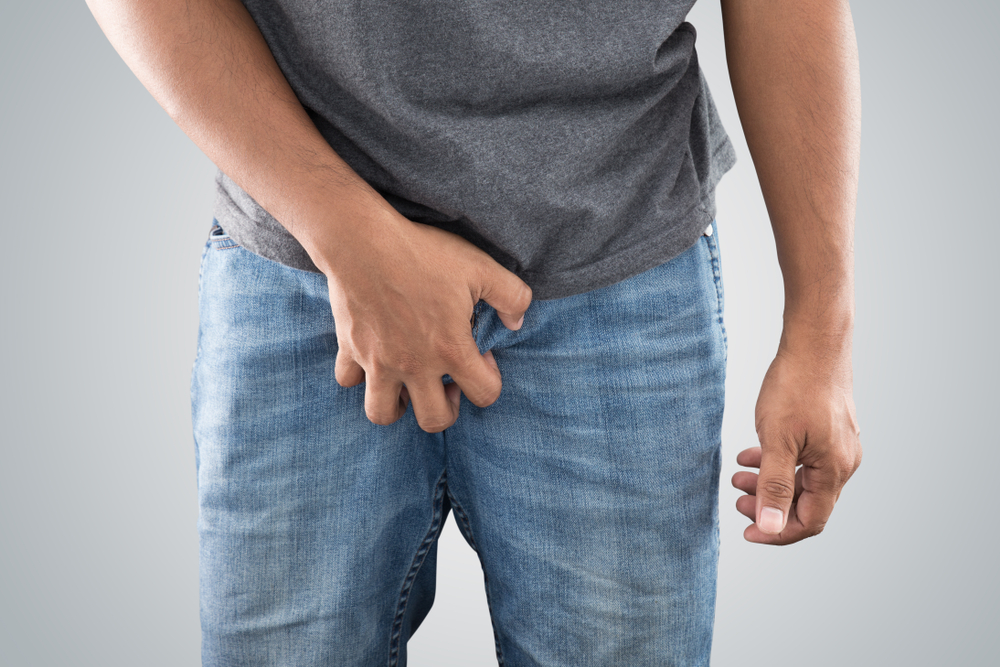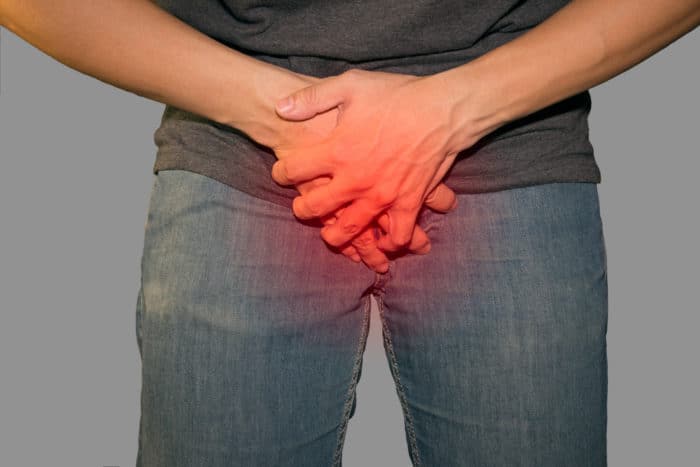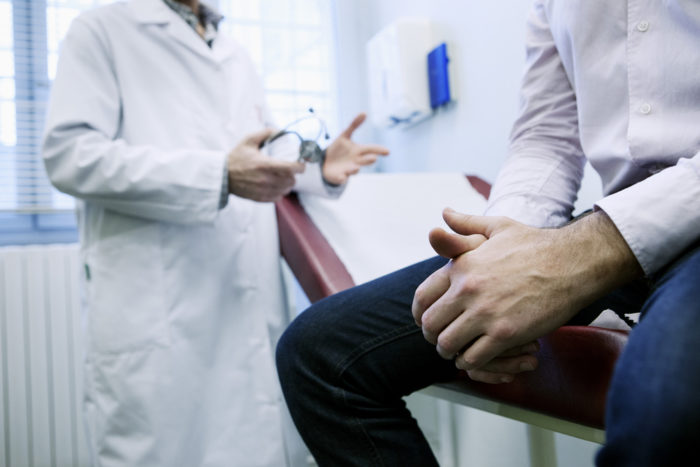Contents:
- Medical Video: Varicocele Repair
- What is epididymitis?
- The main cause of epididymitis is venereal disease
- 1. Venereal disease
- 2. Urinary tract infections
- Signs and symptoms of epididymitis
- How do you deal with epididymitis?
Medical Video: Varicocele Repair
Epididymitis is a reproductive problem that is very common in men of all ages, but is often experienced by men aged 14 to 35 years. Moreover, men who often have unprotected sex and mutually change partners are at risk of developing this one disease. So, what is it like, epididymitis?
What is epididymitis?
The epididymis is part of the male reproductive organs. In the back of the testis, there is a circular duct called the epididymis.
If you feel the part that is connected on the top and back of the testis, then that is the epididymis. This channel has a role to store and carry sperm from the testes to the vas deferens (a long channel that channels mature sperm), then it is accommodated to the urethra.
Under certain conditions, the epididymis can experience inflammation and swelling to cause pain. This is what is called epididymitis or inflammation of the sperm tract.
Judging from the inflammatory conditions that can be experienced, epididymitis is divided into two types, namely:
- Acute epididymitis, which is inflammation of the sperm tract that occurs suddenly and develops rapidly. This type of epididymitis usually heals faster because it occurs less than 6 weeks.
- Chronic epididymitis, which is inflammation of the sperm duct that develops slowly and causes dull pain. However, this type of epididymitis lasts longer than acute epididymitis, which is more than 6 weeks.
The main cause of epididymitis is venereal disease
Epididymitis is caused by the entry of bacteria into the urethra, prostate, or bladder towards the sperm duct (epididymis), then causes inflammation. There are two main causes of the epididymis, including:
1. Venereal disease
The Centers for Disease Control and Prevention revealed that some venereal diseases, such as gonorrhea and chlamydia, are the most common causes of epididymitis in men aged 35 years and under, as reported by Healthline.
Especially if you often change partners and don't use condoms during intercourse, the risk of epididymitis can increase in you.
2. Urinary tract infections
Epididymitis due to urinary tract infection is more often experienced by children and adult men aged 35 years and over. This risk can increase if you experience:
- Prostate swelling that suppresses the bladder
- Insert the catheter into the penis
- Surgery on the groin, bladder or prostate gland
Apart from venereal disease and urinary tract infections, there are several other causes of epididymitis that are not at all related to the reproductive organs. Examples of goiter, tuberculosis, groin injuries, kidney disorders, and congenital bladder. Unfortunately, experts do not yet know for certain the connection between these things.
Signs and symptoms of epididymitis
When bacteria begin to enter the sperm duct, the epididymis will begin to become inflamed and swollen. You will usually feel pain in one of the testicles, rather than both.
In addition to pain, epididymitis signs and symptoms are:
- The scrotum is swollen and reddish
- Frequent urination
- A lump in the testis appears
- Pain when urinating or ejaculating
- Fever
- Bloody urine
- Discomfort in the lower abdomen
- Swollen lymph nodes in the groin
Not all men will experience the same signs and symptoms of epididymitis, because this depends on the cause of the epididymitis itself. An example like this. If your epididymitis is caused by a urinary tract infection, you may experience pain when you urinate. While if it is caused by venereal disease, it is likely that there will be a pungent liquid that will come out of your penis.
Whatever signs and symptoms you feel, you should immediately consult a doctor to determine the cause. The faster you detect symptoms, the faster the handling will be.
How do you deal with epididymitis?
As a first step, the doctor will give antibiotics to relieve symptoms of epididymitis. Even though you feel better after taking antibiotics, you should continue until the antibiotics are used up so that the infection is completely completed.
However, if your testicles still hurt and swell, try taking painkillers like ibuprofen to relieve them. You can also compress the groin area with a cloth filled with ice cubes and use special underwear for several days.
No less important, avoid unprotected sex and the habit of changing partners. Remember, these things can increase your risk of contracting venereal disease and increasing the risk of epididymitis.















